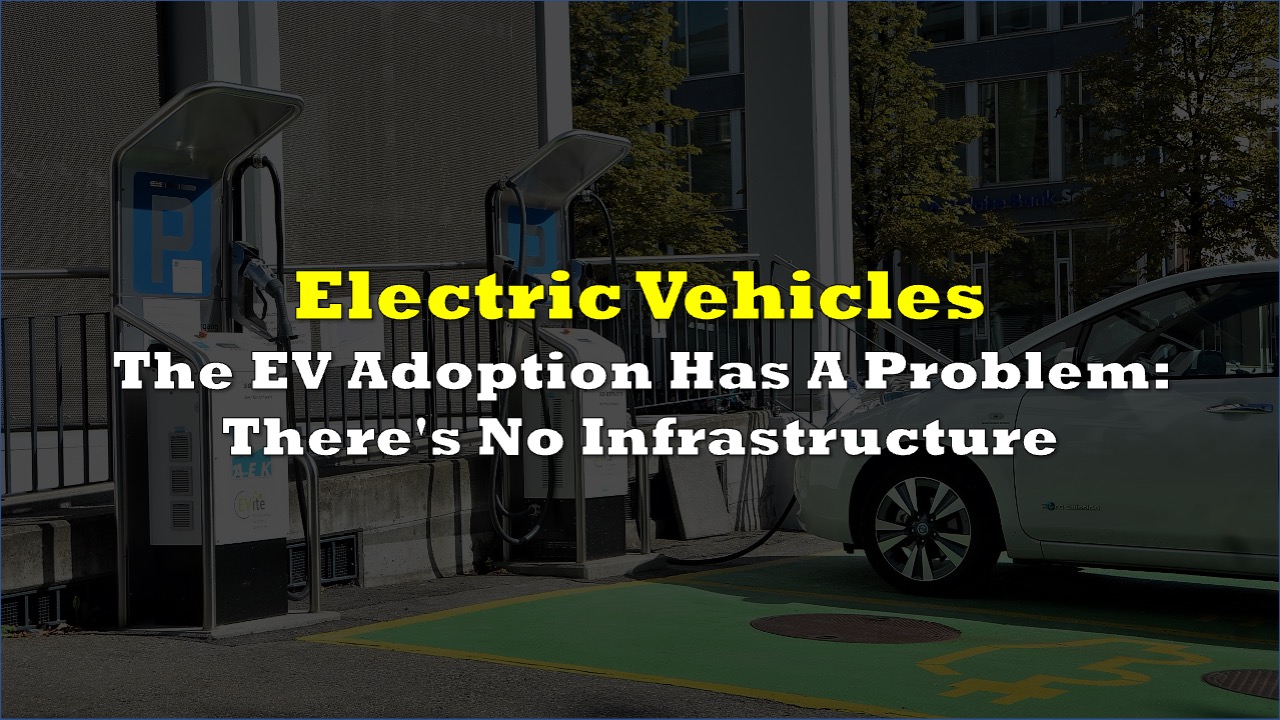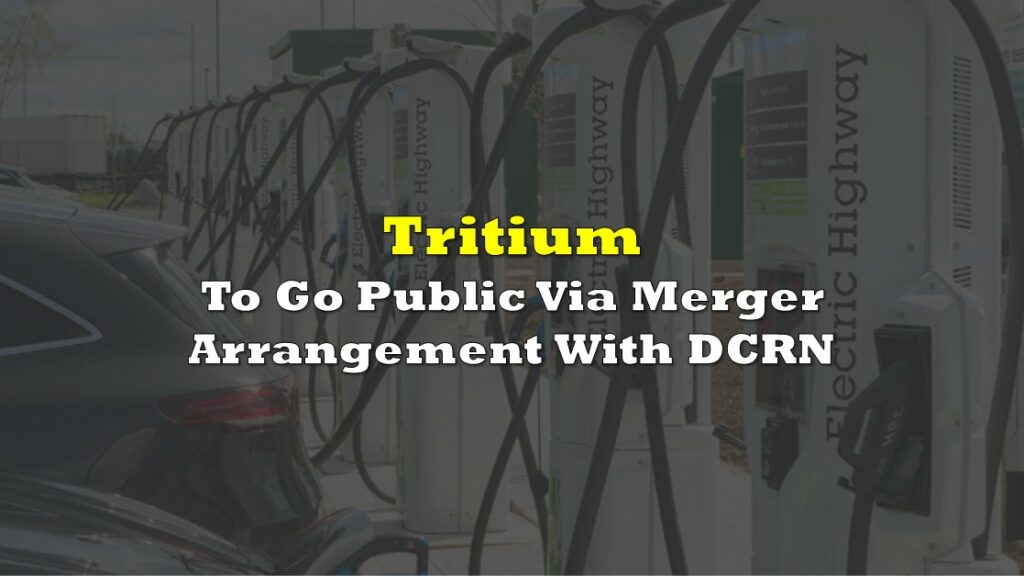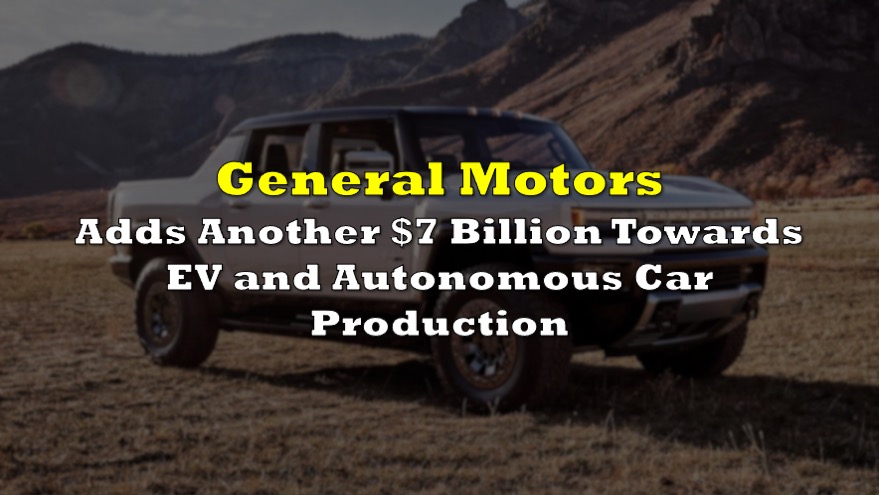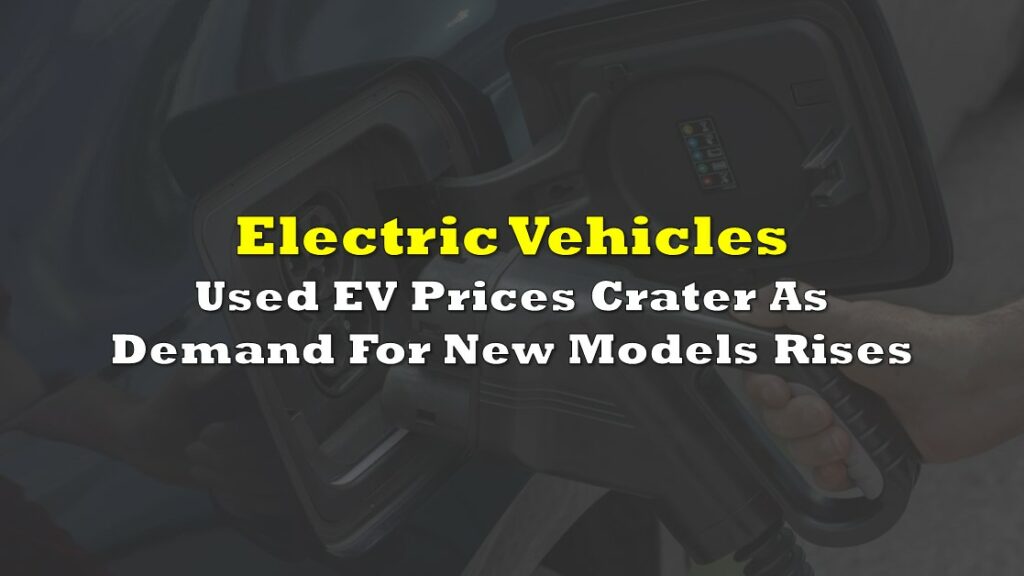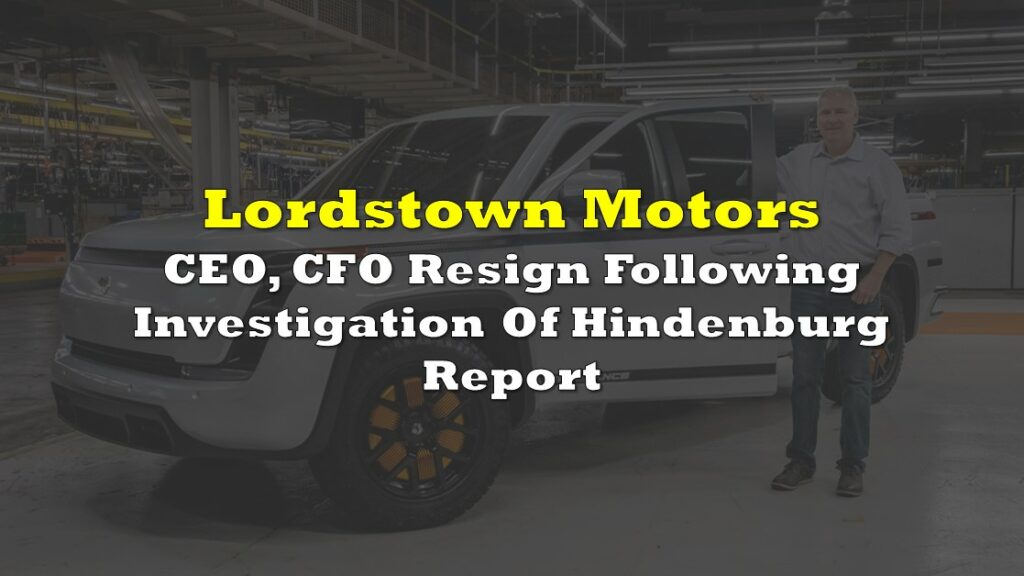As the world races to curb carbon emissions and combat climate change, electric vehicles are heralded as a cornerstone of our greener future. And because the race is on, legislation is thrusting the transition upon car buyers. In 2023, 7.6% of new light duty vehicles that were sold in the United States were electric vehicles — that’s a total of 1.46 million electric cars and trucks, the largest number ever.
A number of states, including California, New Jersey, Virginia, are pushing to erradicate combustion vehicles, mandating that all new vehicles sold starting 2035 be EVs. The Environmental Protection Agency has proposed that by the 2030 model year, 60% of cars should be battery-powered electric vehicles (BEVs).
Yet, as EV adoption accelerates, a critical roadblock looms closer in the horizon: the glaring inadequacy of charging infrastructure. The gap, too, isn’t just a matter of a lack in investment. It underscores how much the need for proper infrastructure, which relies on the delicate interplay of technological innovation and policy, has been underestimated.
The current network of public charging stations — comprising Level 1 (slow charging), Level 2 (medium speed), and DC Fast Charging (high speed) — is unevenly distributed and often strained under demand. Urban areas may boast a relatively higher number of chargers, but rural regions are starkly underserved, exacerbating a divide that could hinder nationwide EV adoption.

“The Edison Electric Institute’s 2022 report projects that the number of EVs on US roads will increase from 2.4 million from the end of 2021 to 26.4 million in 2030. By 2030, the report indicated that more than 10 percent of the 259 million U.S. vehicles (both cars and light trucks) could be EVs. Based on that forecast, supporting the expected number of EVs on the road by 2030 will require 12.9 million charge ports and approximately 140,000 DC fast charging (DCFC) ports across the US,” according to the Smart Electric Power Alliance in a post published February 8.
“The nation is currently well below that number of charging ports,” the non-profit warns, noting that according to the US Office of Energy Efficiency and Renewable Energy, there are only 161,562 public and private charging ports in the US, with studies estimating the current number of DCFC stations to be at just 6,409.
Consumers also recount tales of long waits, malfunctioning equipment, and the constant anxiety of running out of charge far from a charging station. These stories not only highlight the current frustrations but also the potential deterrent they pose for prospective EV buyers — even if EVs are dropping their prices.
New car prices are declining at an astounding pace:
— Car Dealership Guy (@GuyDealership) February 22, 2024
• Ford just reduced prices on its Lightning and Mustang Mach-E (EVs)
• Mazda just reduced up to $4000 on its CX90
• Hyundai just marked down every IONIQ and Tucson
EV-centric brands are at the forefront of the declines —…
To add to the infrastructure problem, the North American Electric Reliability Corporation (NERC) projects that a majority of regions in the US and Canada will experience shortfalls in electricity supply not just in extreme whether conditions but also under normal weather.

Read: Canada Faces Challenges in EV Adoption, Survey Finds
But why? The move to a greener future creates another problem: power plants that run on fossil fuels are being retired but they haven’t been sufficiently replaced with renewable energy sources at the same pace, according to the NERC.
On recent earnings call, Roger Penske said his California dealerships are having trouble installing chargers because the power simply isn't available.
— Brian Sullivan (@SullyCNBC) February 21, 2024
Former Ford CEO Mark Fields just said in some areas, the wait can be over 2 years because of lack of infrastructure, backlogs,… pic.twitter.com/Gy2YXbdqCF
Information for this story was found via the sources and companies mentioned. The author has no securities or affiliations related to the organizations discussed. Not a recommendation to buy or sell. Always do additional research and consult a professional before purchasing a security. The author holds no licenses.

